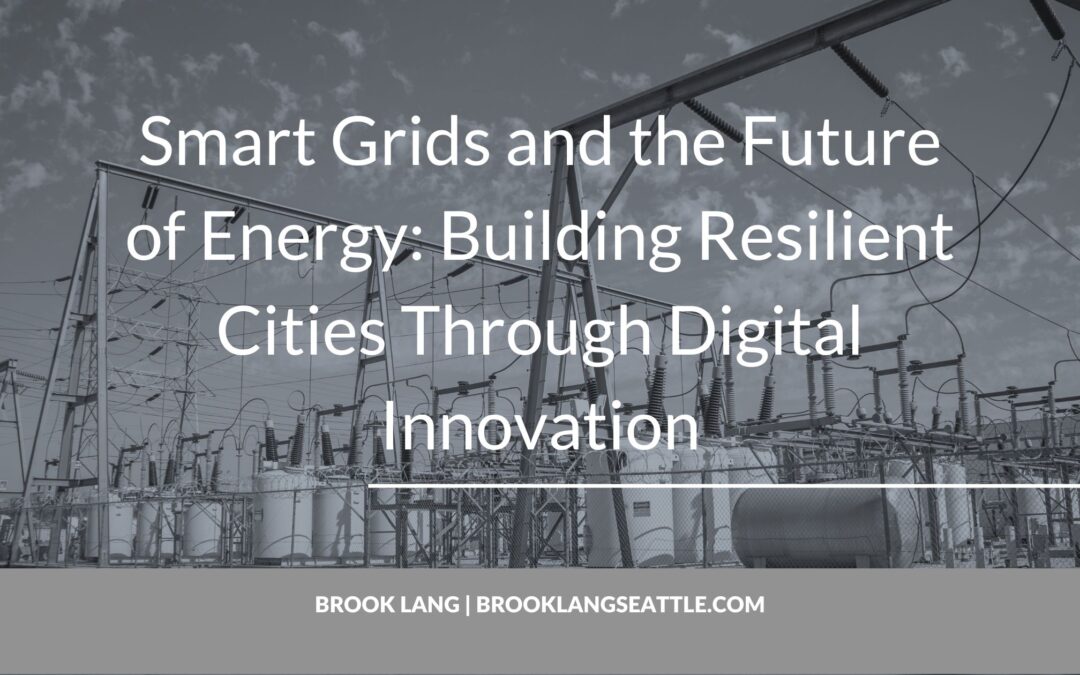As urban populations expand and energy demands surge, traditional power grids are struggling to keep up. Outages, inefficiencies, and the challenge of integrating renewable energy highlight the need for smarter solutions. Enter the smart grid—a digitally enhanced power system designed to optimize energy flow, increase reliability, and build resilience for the cities of tomorrow.
What Makes a Grid “Smart”?
Unlike conventional grids, which rely on one-way electricity distribution, smart grids use digital communication technology to create a two-way flow of information and power. Smart meters, sensors, and automation tools continuously monitor energy use, detect faults, and adjust distribution in real time. This interconnected system ensures that energy is delivered more efficiently, while giving consumers greater visibility and control over their own usage.
Benefits for Resilient Cities
Smart grids offer a host of advantages that make cities more resilient and sustainable:
-
Improved reliability: Automated systems can quickly detect and isolate outages, restoring power faster and minimizing disruption.
-
Energy efficiency: By monitoring demand in real time, smart grids reduce waste and optimize electricity distribution, lowering both costs and emissions.
-
Renewable integration: Solar panels, wind turbines, and even electric vehicles can seamlessly feed into the grid, helping cities achieve clean energy targets.
-
Consumer empowerment: Smart meters allow households and businesses to track usage, shift consumption to off-peak times, and even sell excess energy back to the grid.
Together, these benefits create a more adaptive, sustainable urban energy system that strengthens both climate resilience and energy independence.
Innovation in Action
Around the world, cities are already investing in smart grid technology. In the United States, states like California and New York are leading with advanced metering and renewable integration. In Europe, Germany and the Netherlands are pioneering smart grid pilots to manage fluctuating renewable supply. Meanwhile, Japan’s rebuilding efforts after natural disasters have showcased how smart grids can ensure stability in times of crisis.
On a smaller scale, microgrids—localized smart grid systems—are proving especially valuable for critical infrastructure like hospitals, schools, and emergency services. These systems can operate independently during outages, ensuring continuous power when it matters most.
Challenges and Considerations
Despite its potential, the shift to smart grids is not without obstacles. High upfront investment costs, cybersecurity risks, and regulatory complexities can slow deployment. Ensuring equitable access is also critical—cities must avoid creating energy systems that favor wealthier communities while leaving others behind. Collaborative efforts among governments, utilities, and private companies will be essential to scaling these innovations.
The Path Forward
Smart grids represent more than a technological upgrade—they are the backbone of future-ready cities. By blending digital innovation with renewable energy, they enable a cleaner, more reliable, and more participatory energy system. For city leaders, embracing smart grid technology means building resilience against climate change, safeguarding against outages, and empowering communities with greater control over their energy future.
As urban populations continue to grow, smart grids will be central to powering sustainable cities and redefining how we live, work, and thrive in the digital age.
